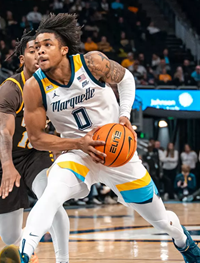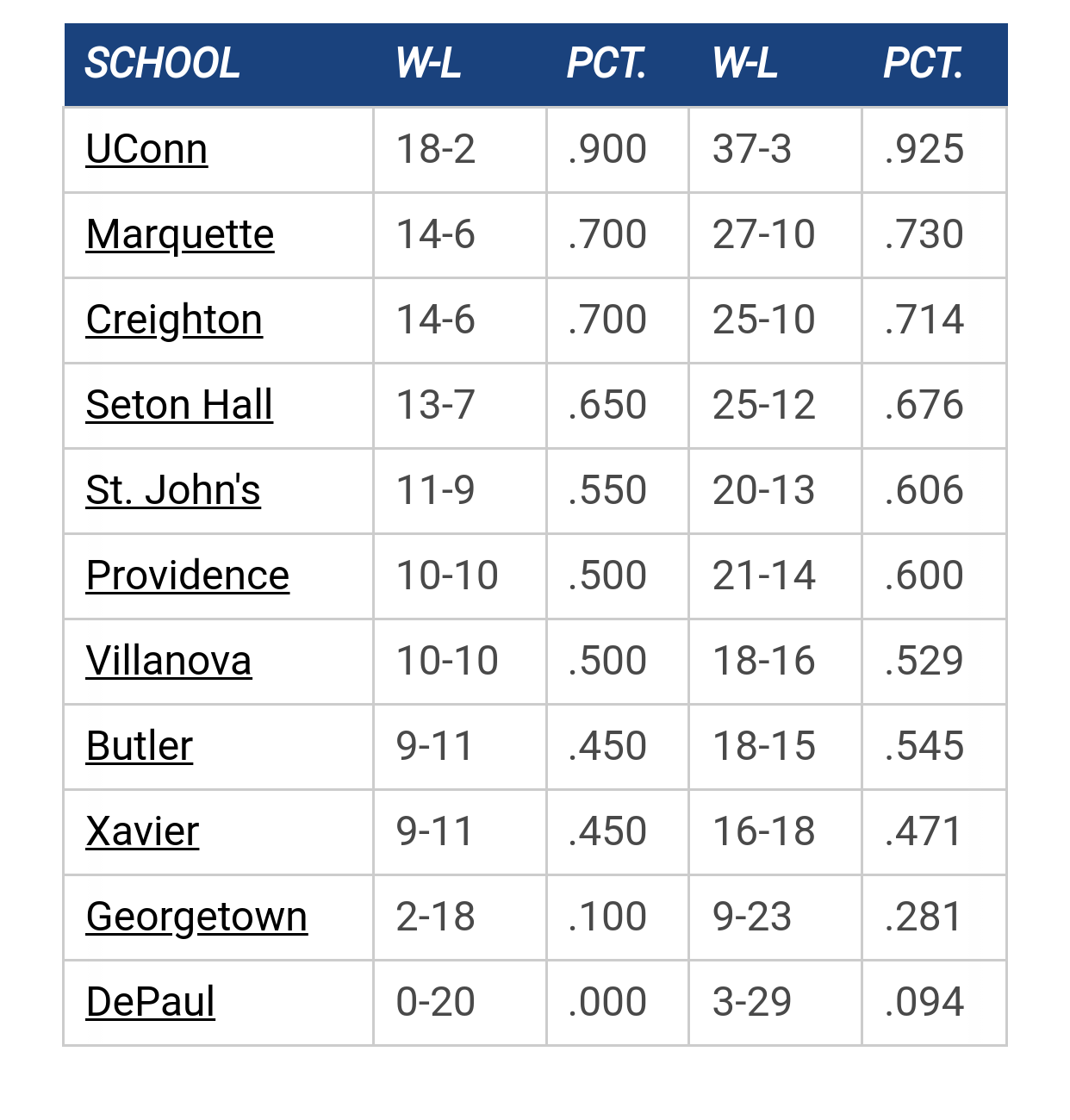- Welcome to MUScoop.
Semester grades by brewcity77
[Today at 05:13:07 PM]
Marquette Team Rankings by WhiteTrash
[Today at 05:11:47 PM]
Is Shaka doubling down or just protecting his guys? by brewcity77
[Today at 05:09:09 PM]
Amadou in the portal by We R Final Four
[Today at 04:58:54 PM]
Psyched about the future of Marquette hoops by jfp61
[Today at 04:14:02 PM]
What would make you show Shaka the door in March? by We R Final Four
[Today at 03:54:08 PM]
Both Hands Tied Behind Our Back by Newsdreams
[Today at 03:31:31 PM]
[Today at 05:13:07 PM]
Marquette Team Rankings by WhiteTrash
[Today at 05:11:47 PM]
Is Shaka doubling down or just protecting his guys? by brewcity77
[Today at 05:09:09 PM]
Amadou in the portal by We R Final Four
[Today at 04:58:54 PM]
Psyched about the future of Marquette hoops by jfp61
[Today at 04:14:02 PM]
What would make you show Shaka the door in March? by We R Final Four
[Today at 03:54:08 PM]
Both Hands Tied Behind Our Back by Newsdreams
[Today at 03:31:31 PM]
The absolute only thing required for this FREE registration is a valid e-mail address. We keep all your information confidential and will NEVER give or sell it to anyone else.
Login to get rid of this box (and ads) , or signup NOW!
Purdue Date/Time: Dec 13, 2025, 1:00pm TV: Peacock Schedule for 2025-26 |
||||||
User actions



